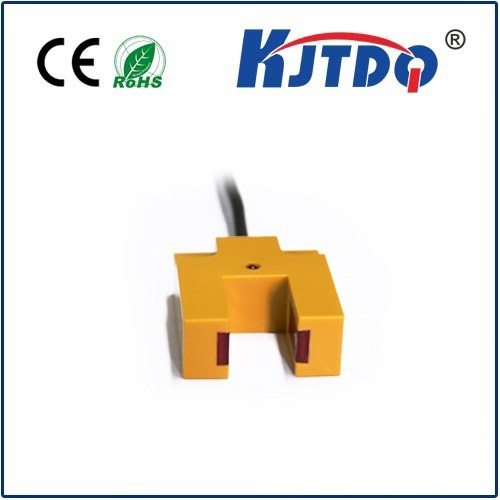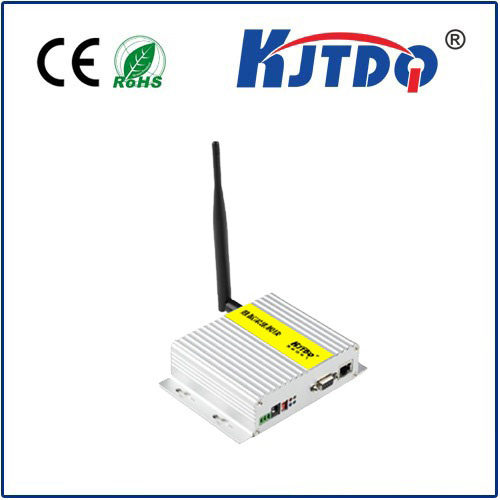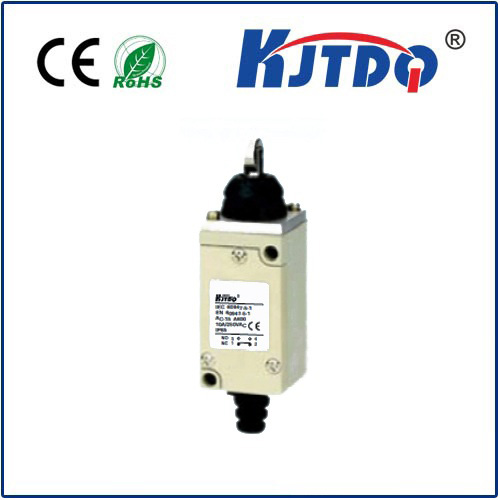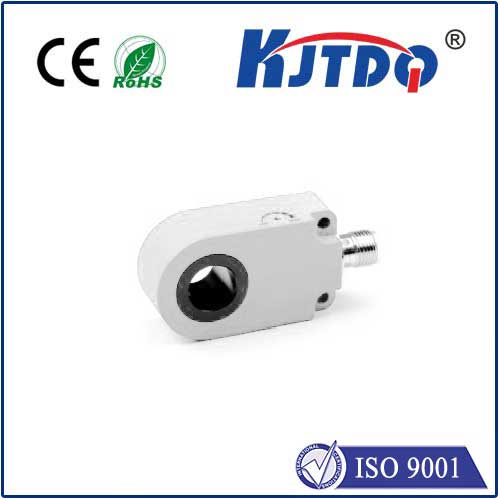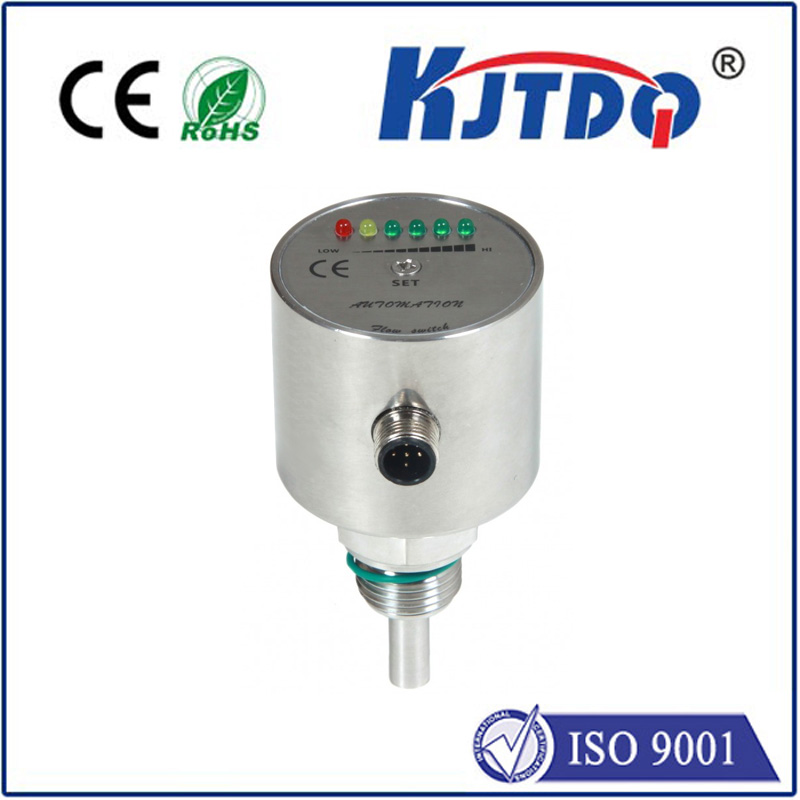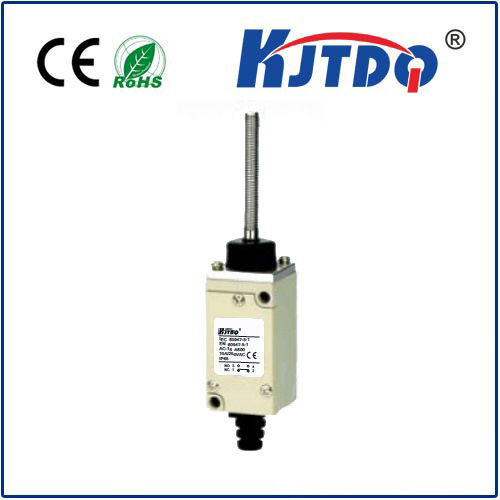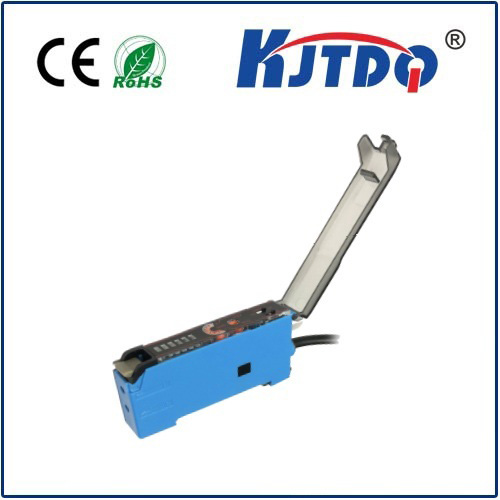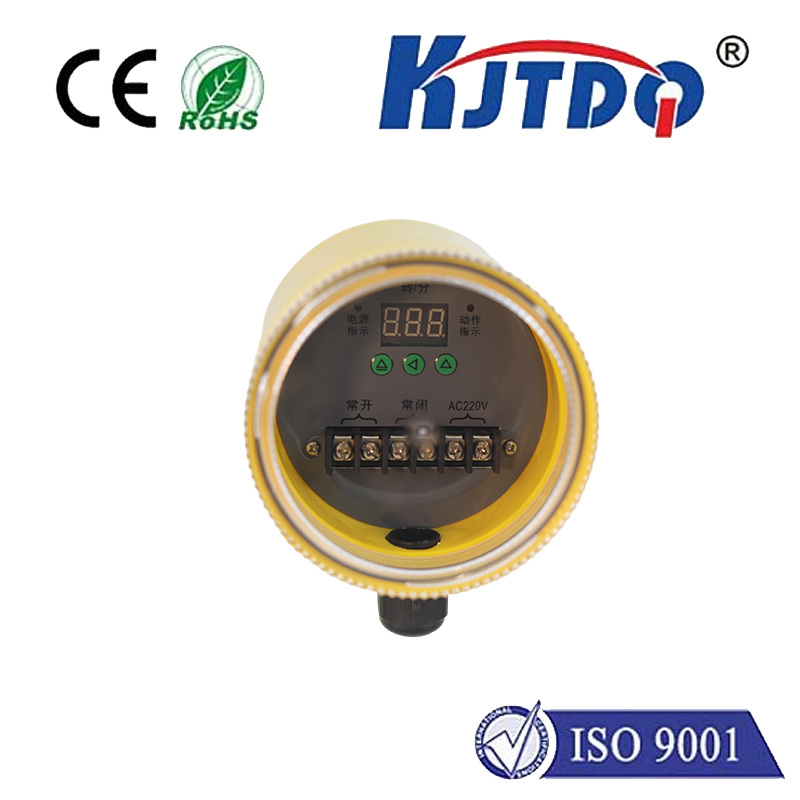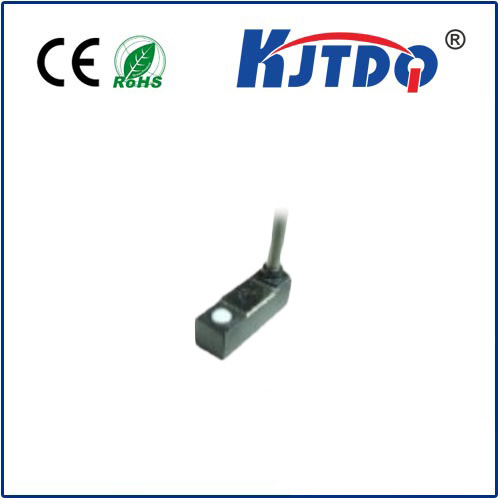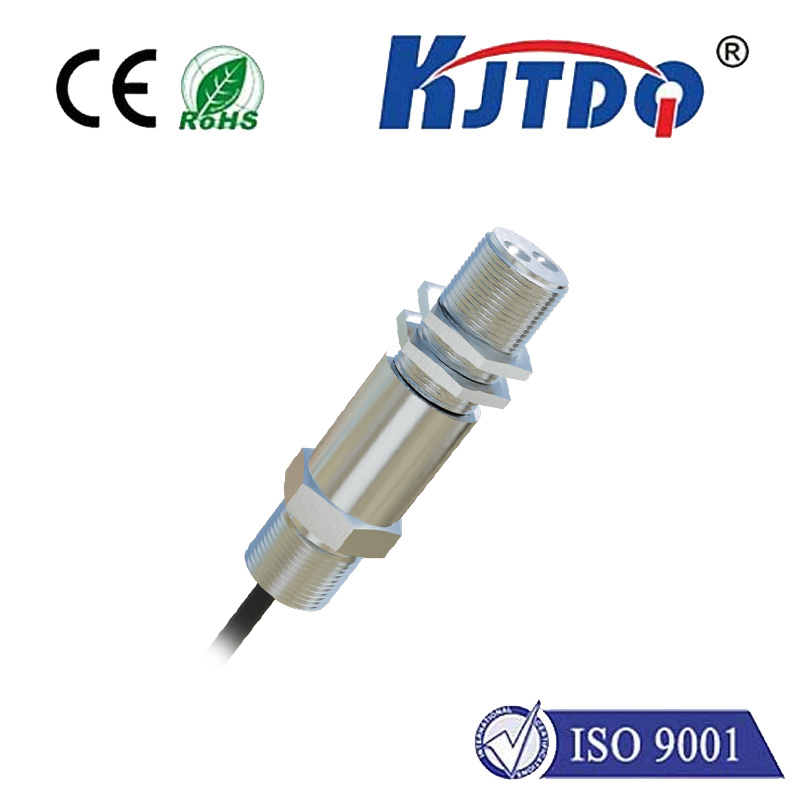
check

check

check

check
Introduction:
In recent years, vehicle proximity sensors have emerged as a game-changer in the automotive industry. These cutting-edge technologies offer numerous benefits, from improved navigation systems to enhanced safety features and increased convenience for drivers. In this article, we will explore the various applications of vehicle proximity sensors, their advantages over traditional sensor technologies, and how they are revolutionizing the way we experience driving.
Section 1: Navigation and Mapping with Vehicle Proximity Sensors
One of the most significant advantages of vehicle proximity sensors is their ability to provide accurate navigation information. By utilizing sensors such as GPS, inertial measurement units (IMU), and lidar, vehicles can accurately determine their position, speed, and direction. This data is then used to create highly detailed maps that help drivers navigate unfamiliar roads with ease.
For example, when driving in an unfamiliar city, a driver may activate the car's map feature, which uses the vehicle's proximity sensors to provide real-time updates on traffic conditions, road closures, and nearby points of interest. With this information at their fingertips, drivers can make informed decisions about where to go next, saving time and reducing the risk of getting lost.
Section 2: Enhanced Safety Features Using Vehicle Proximity Sensors
Vehicle proximity sensors also play a crucial role in improving safety on the road. These sensors can detect distances between vehicles, obstacles, and other hazards in real-time, helping drivers avoid potential collisions before they happen.
For instance, many modern cars equipped with advanced collision warning systems use proximity sensors to monitor the distance between the car and the vehicle in front of it. If the system detects that the vehicle in front is slowing down or stopping suddenly, it will alert the driver and potentially prevent a collision by automatically applying the brakes. Additionally, some cars now come with lane departure warning systems that use cameras and radar sensors to detect when a driver is drifting out of their lane.
Section 3: Increased Convenience with Vehicle Proximity Sensors
Another significant benefit of vehicle proximity sensors is their ability to enhance the overall driving experience for drivers. These sensors can detect when a driver enters or exits a vehicle, ensuring that all doors are securely closed and preventing valuable cargo from being stolen or damaged.
Furthermore, vehicle proximity sensors can also be used to control features such as climate control and entertainment systems based on the driver's presence in the car. For example, when a driver gets out of their car and locks it remotely using their smartphone, the system will automatically turn off the engine and lock all doors to prevent theft or damage.
Conclusion:
In conclusion, vehicle proximity sensors are transforming the way we experience driving by providing advanced navigation, safety, and convenience features. As automakers continue to innovate and refine these technologies, we can expect even more exciting developments in the future. So if you're looking to upgrade your car's functionality or simply desire a more connected and safe driving experience, it's time to consider incorporating proximity sensors into your vehicle.
